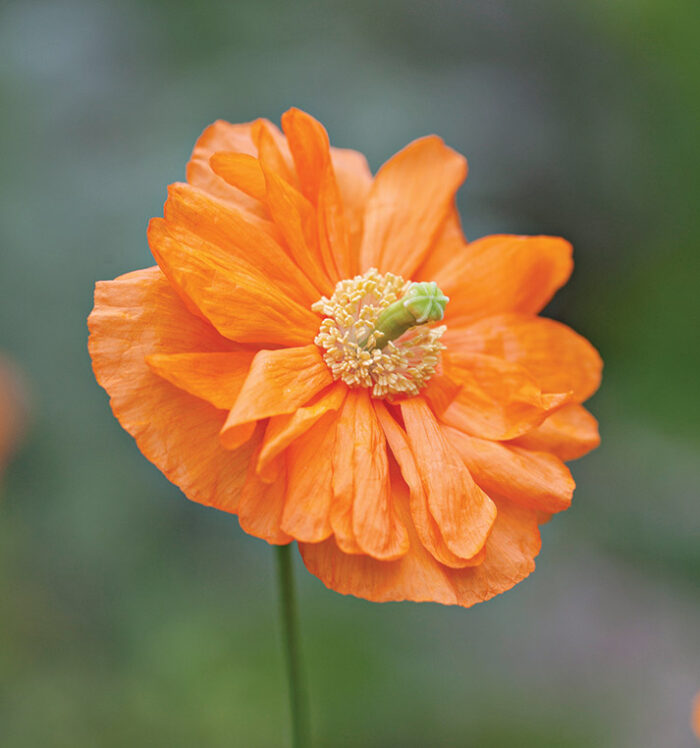
Why do so many gardeners shy away from orange? I have always been drawn to its warmth and flexibility. Orange is a versatile color; even those who dislike it often don’t mind a salmon hue or a peach accent. Although this color has a reputation for being hard to work with, I find that it fits well into many color schemes.
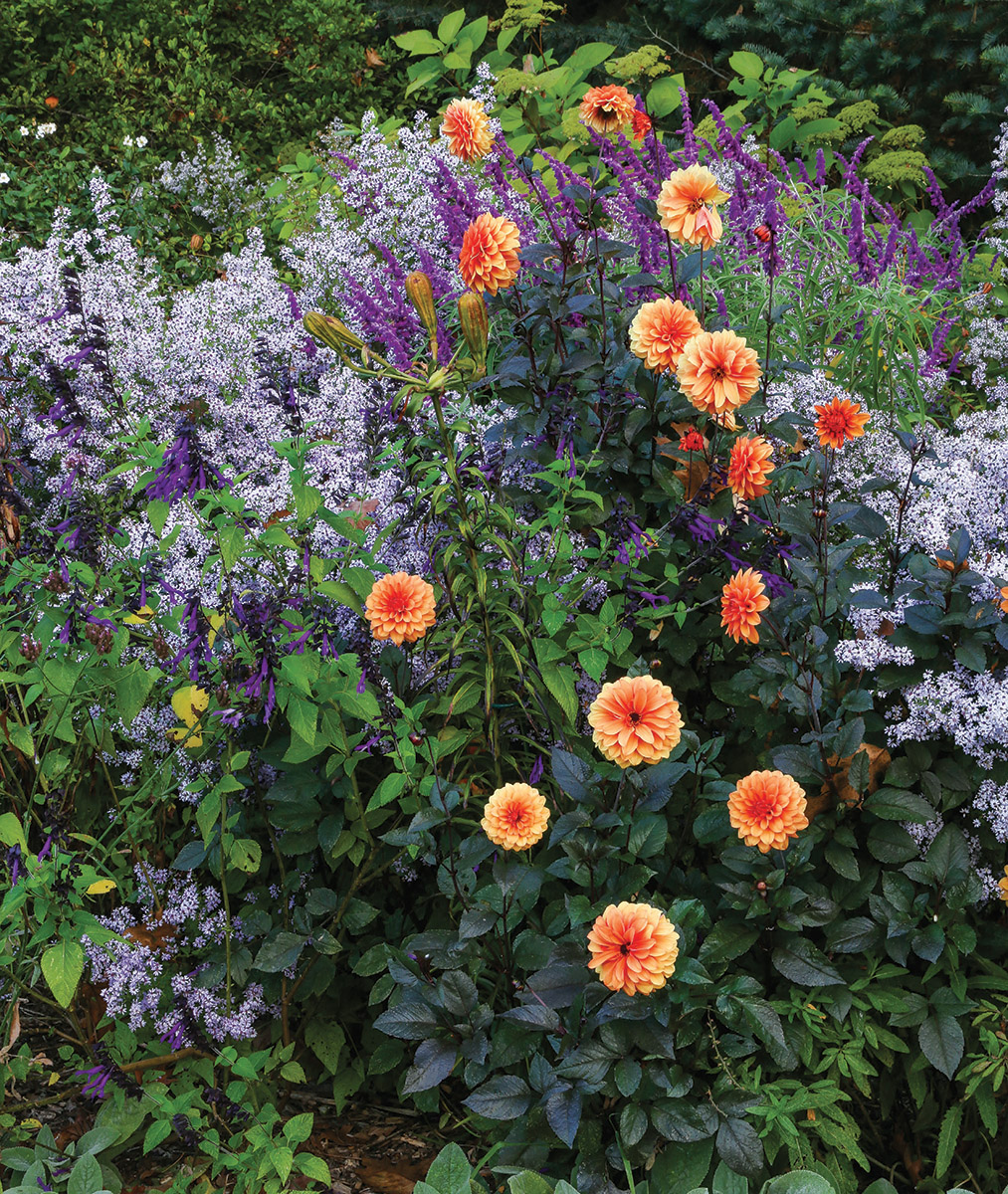
Orange is an eye-catching accent throughout the year
I continue to be fascinated by how color is presented in plants and how the colors of a garden change and shift through the seasons. In the winter garden, warm orange stems and branches provide a welcome accent to evergreens and dormant woody plants. The citrus-colored blooms of flowering bulbs and tawny apricot-tinted blades of ornamental grasses offer a feeling of warmth that helps ease us into spring. In the high season, when orange is best represented, the intense summer sun enhances it rather than robbing it of its strength. And of course this color is a key player in the garden’s theatrical transition into autumn. In each season, this hue brings strength and character to the garden in a different way.
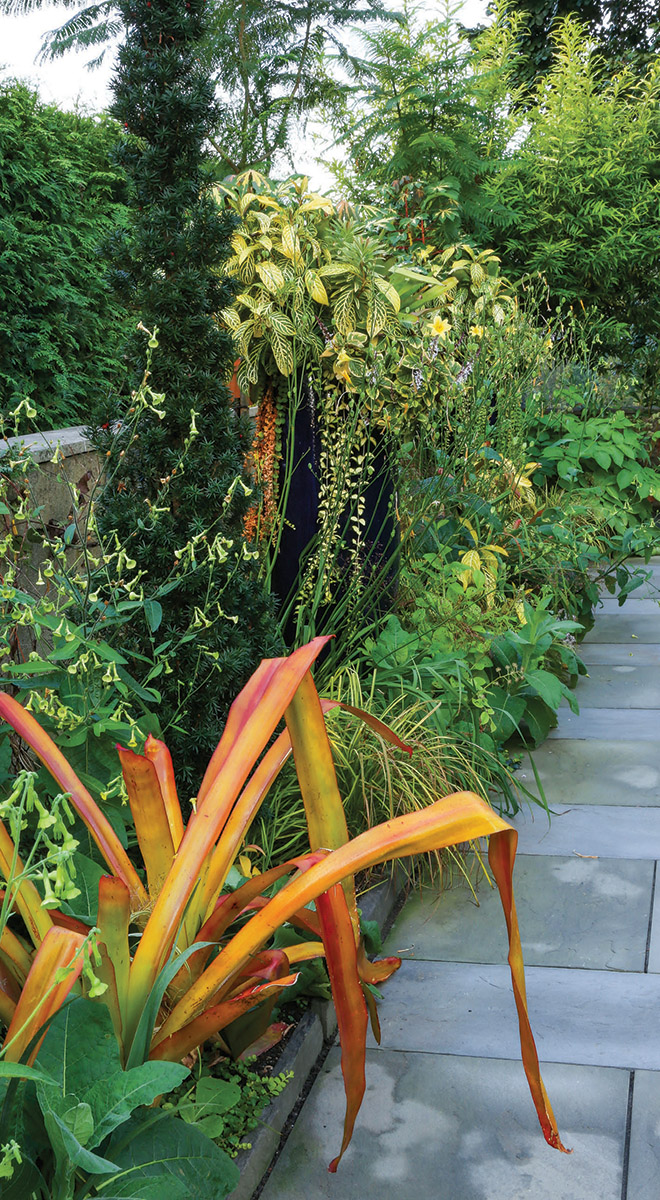
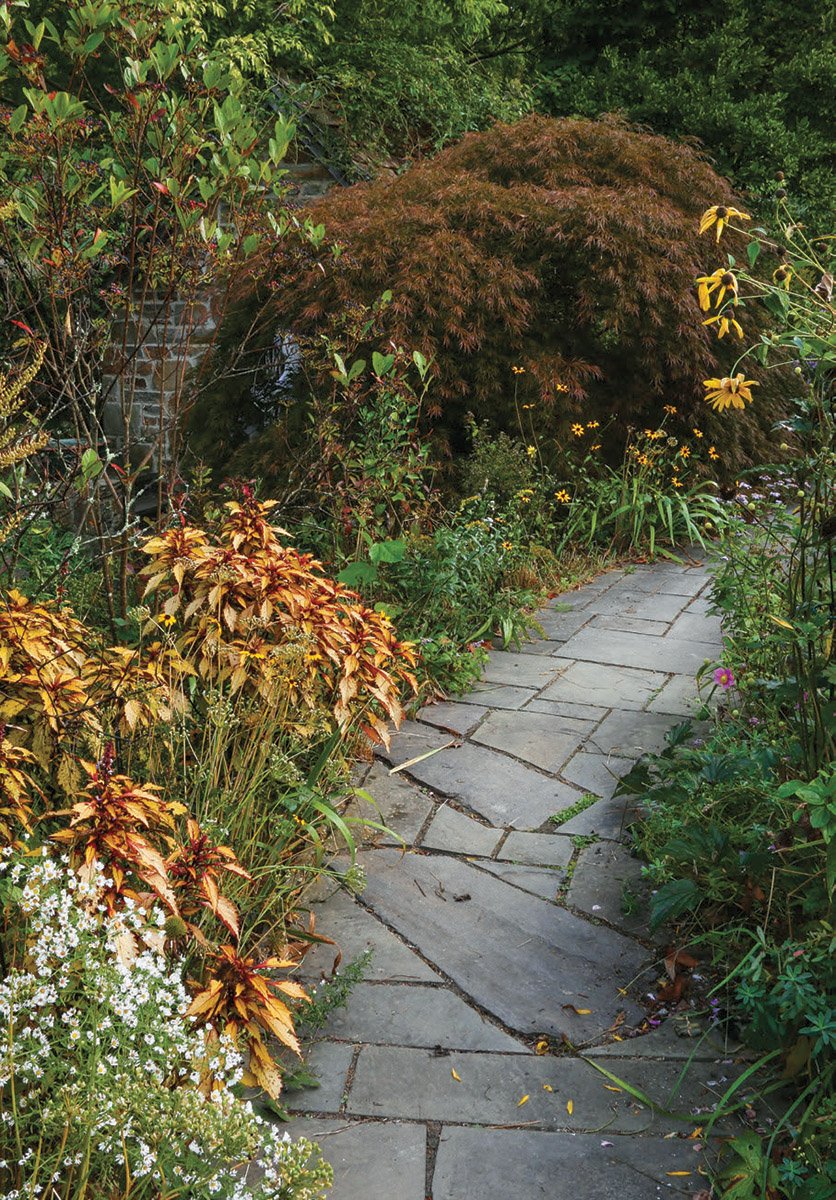
In each season, this hue brings strength and character to the garden in a different way.
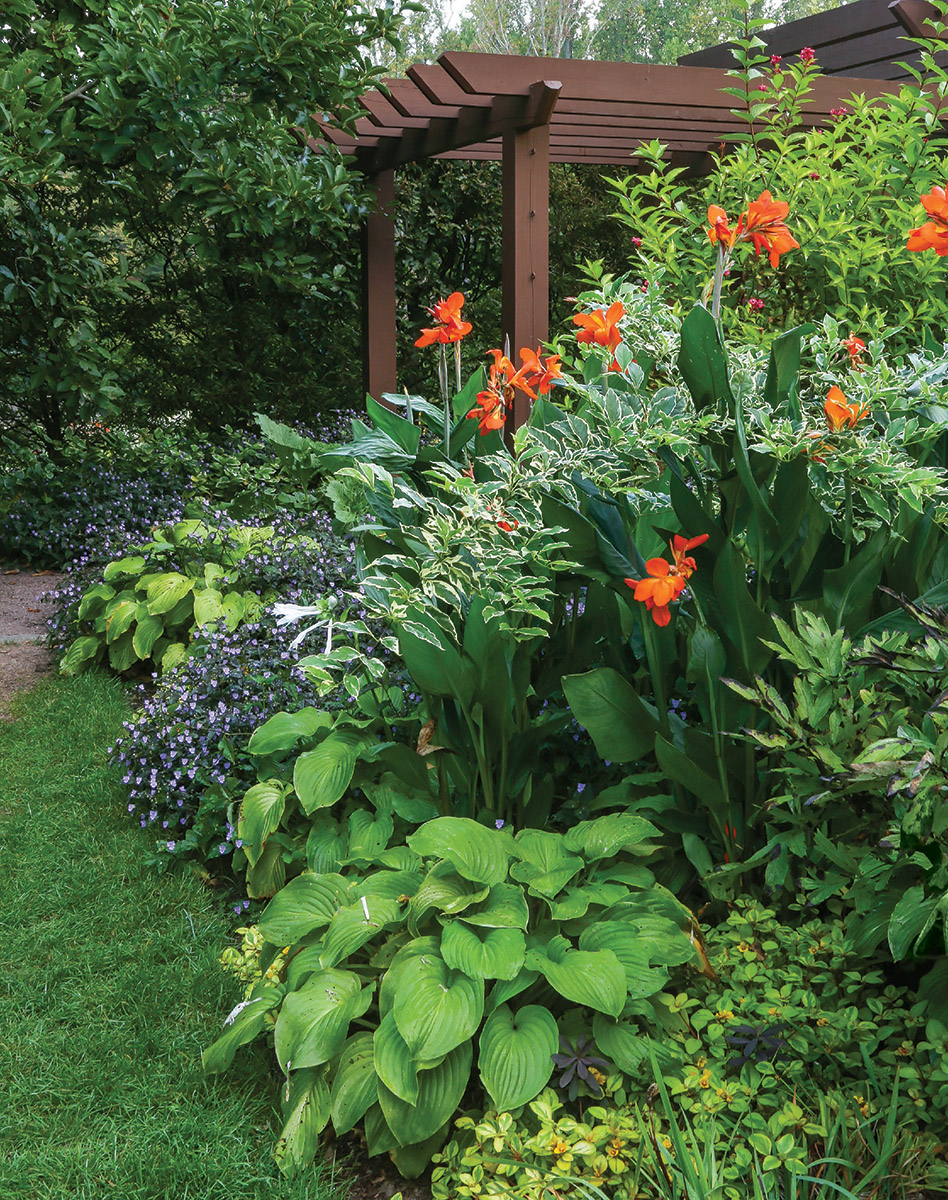
Orange is an excellent color bridge
If you open yourself to the possibility of mixing orange with other colors, you will quickly come to rely on its flexibility as a bridge color. Orange blends effortlessly with yellows and limes and seems absolutely at home as a solo accent color, buoyed on a sea of green. This hot hue also works beautifully with cooler blues and silvers; such combinations feel innovative or even provocative. Mixing deep burgundy and purples with the vibrancy of orange is as bold a statement as one can make.
Gardening has a theatrical aspect, and we gardeners rely on certain plants to be our stars. When a specimen or a focal point can be a vibrant color, it quickly rises to the top of my list. Many of my favorite feature plants have at least a hint of orange. I love its unabashed strength and energy.
One of the challenges of working in a large garden is to have a thread of continuity that works through different spaces, but even a very small garden can appear unfocused or disorganized without a repeating theme.
This is when orange shines for me. Recognized immediately, orange connects multiple spaces visually, while allowing each to have its own personality. A few accent plants repeated in container plantings and garden beds can be used to repeat the theme and tie spaces together.
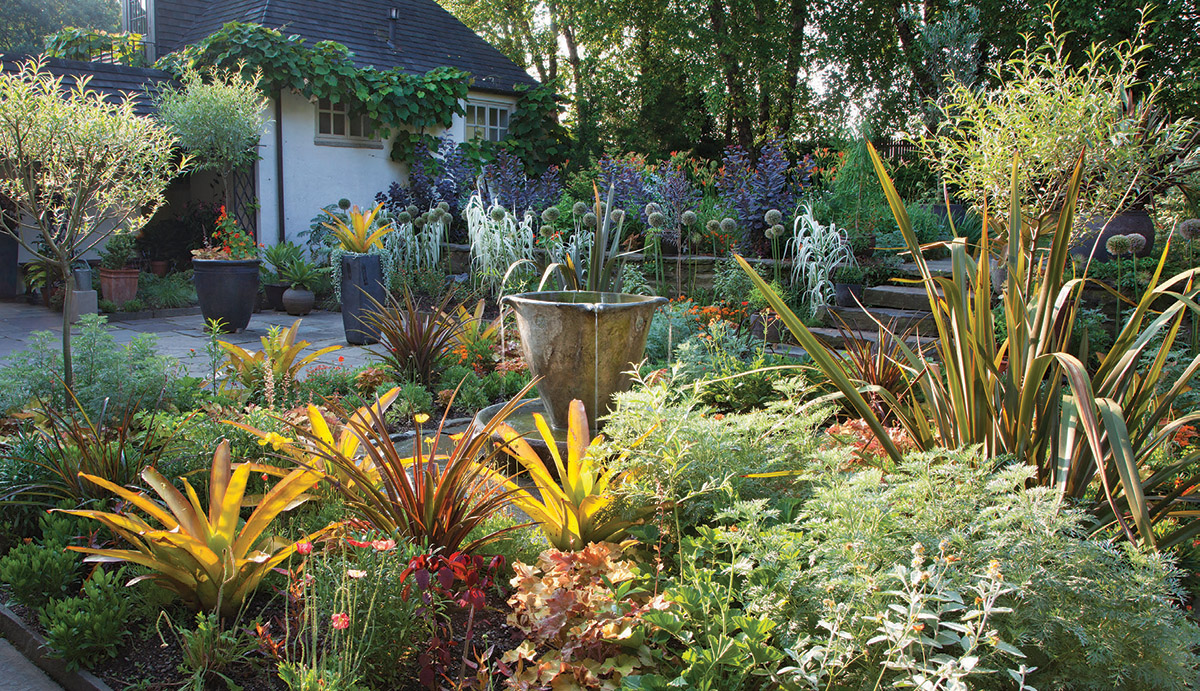
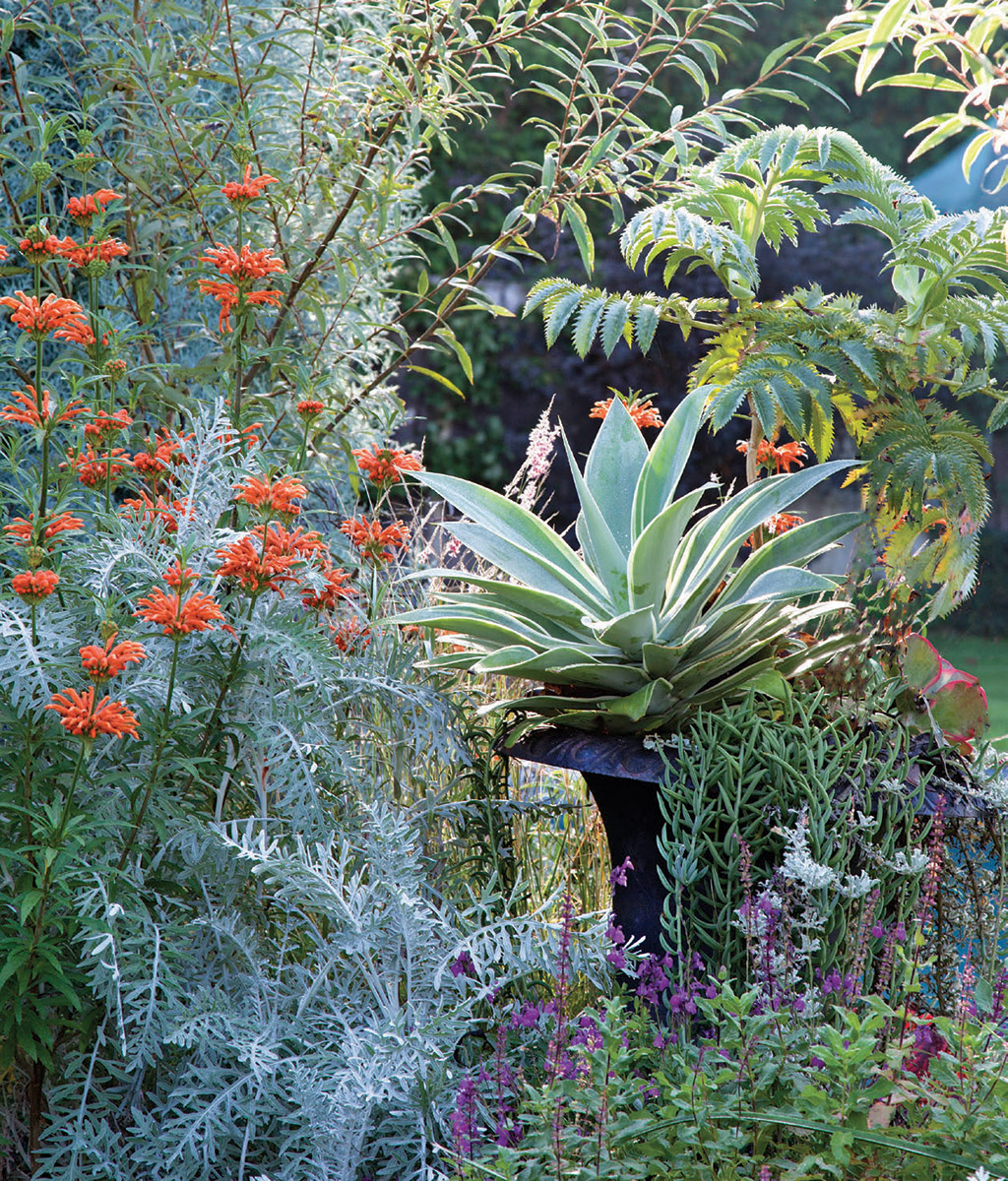
Use orange to lend scale to gardens of all sizes
If your landscape is deep or wide, scattering an intense color like orange throughout the space can emphasize the sense of a visual journey. In a more compact garden, massing colors together reinforces a sense of continuity. In either case, creating smaller masses may be better than using one larger pool of color.
Whether you are eager or reluctant to use orange, it is a beneficial element in each season. Warming in spring, intense in the high season, appropriate as an autumnal tone, and vibrant in the bleakness of winter, orange deserves a place in your garden.
|
[ PLANTS ] Four seasons of orangeOrange hues range from subtle to blazing. Here are some of Dan Benarcik’s favorite seasonal choices for adding orange to a design. ◗ Spring Flirtation® Orange diascia (Diascia ‘Dala Oran’, Zones 9–10) ‘Shogun’ tulip (Tulipa praestans ‘Shogun’, Zones 3–8) New Zealand hair sedge (Carex testacea, Zones 6–10) ◗ Summer ’Rustic Orange’ and ‘Sedona’ coleus (Plectranthus scutellarioides ‘Rustic Orange’ and ‘Sedona’, Zones 10–11) Blanchet’s bromeliad (Aechmea blanchetiana, Zones 10–11) Tropicanna® canna (Canna indica ‘Phasion’, Zones 7–11) ◗ Fall ‘Orange Profusion’ zinnia (Zinnia ‘Orange Profusion’, annual) Asian spicebush (Lindera glauca var. salicifolia, Zones 6–8) ‘Gro-Low’ sumac (Rhus aromatica ‘Gro-Low’, Zones 6–8) ◗ Winter ‘Midwinter Fire’ dogwood (Cornus sanguinea ‘Midwinter Fire’, Zones 5–7) ‘Bihou’ Japanese maple (Acer palmatum ‘Bihou’, Zones 6–9) |
Dan Benarcik is a horticulturist at Chanticleer in Wayne, Pennsylvania.
Photos, except where noted: Carol Collins
Fine Gardening Recommended Products
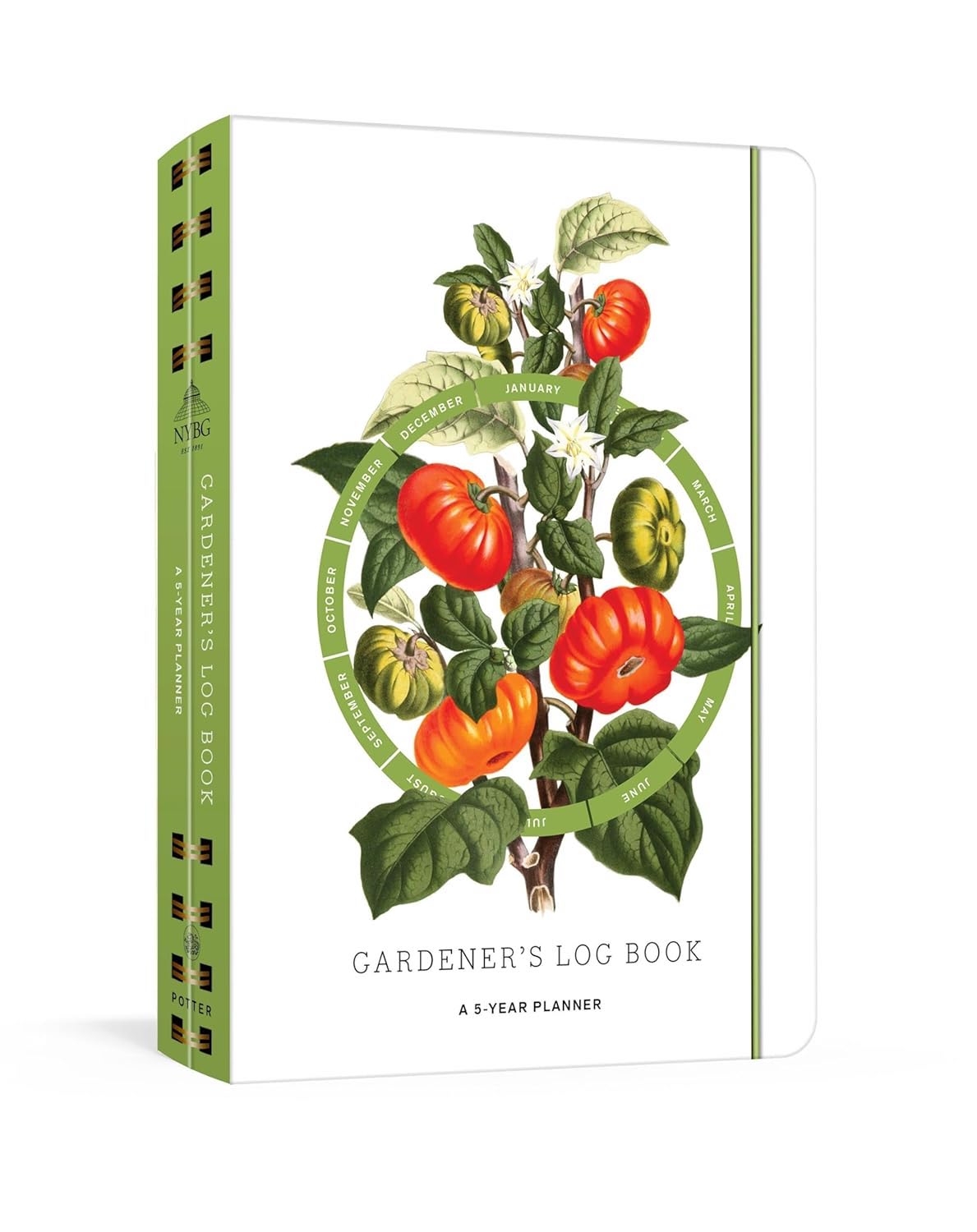
Gardener's Log Book from NYBG
Fine Gardening receives a commission for items purchased through links on this site, including Amazon Associates and other affiliate advertising programs.
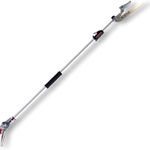
ARS Telescoping Long Reach Pruner
Fine Gardening receives a commission for items purchased through links on this site, including Amazon Associates and other affiliate advertising programs.
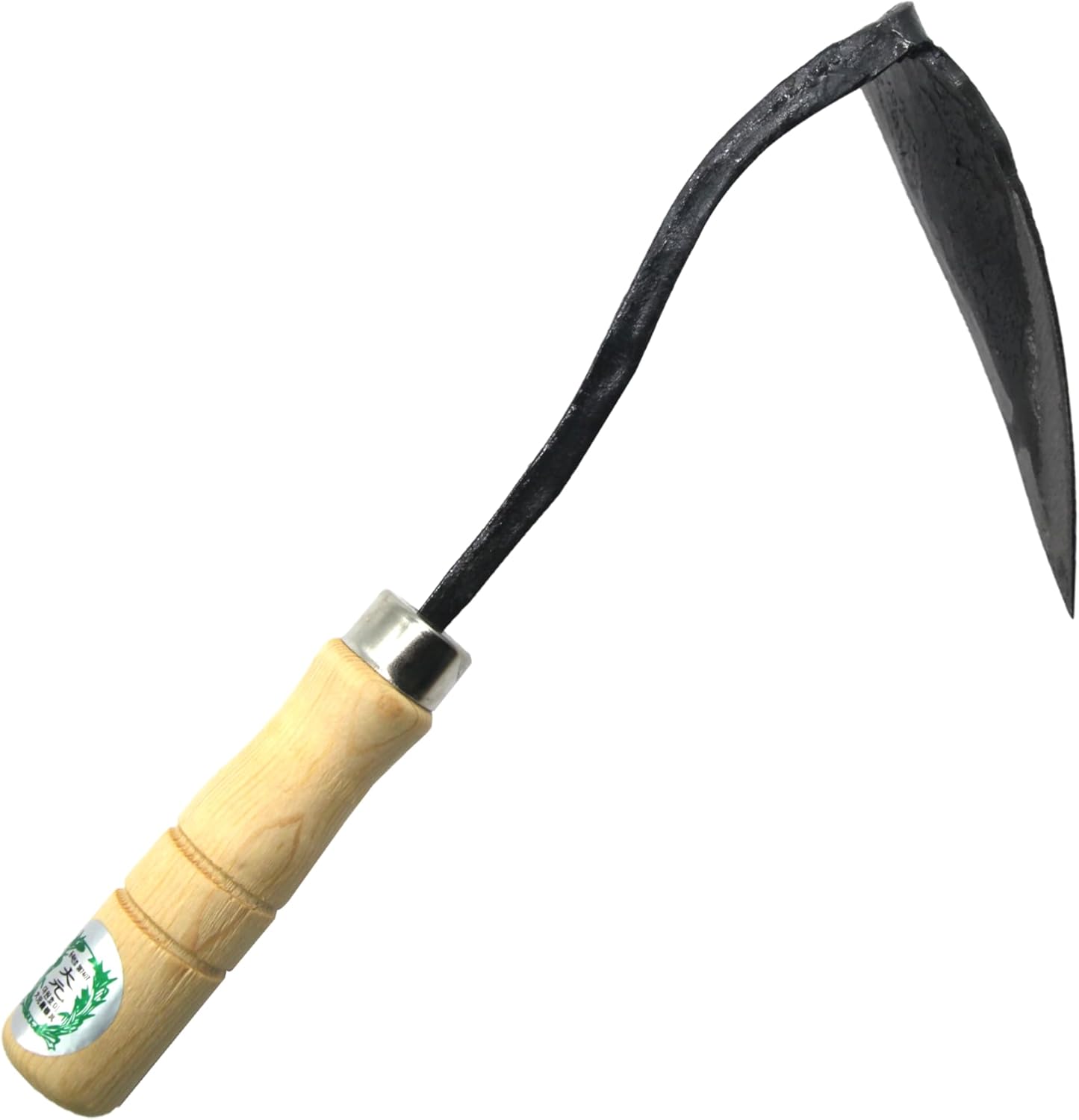
Ho-Mi Digger - Korean Triangle Blade
Fine Gardening receives a commission for items purchased through links on this site, including Amazon Associates and other affiliate advertising programs.


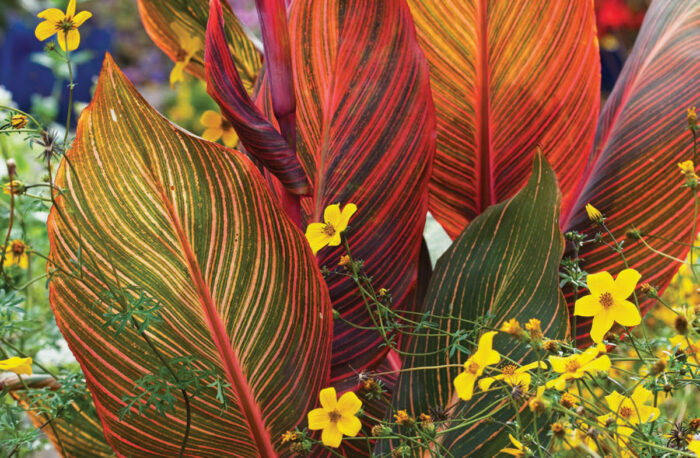

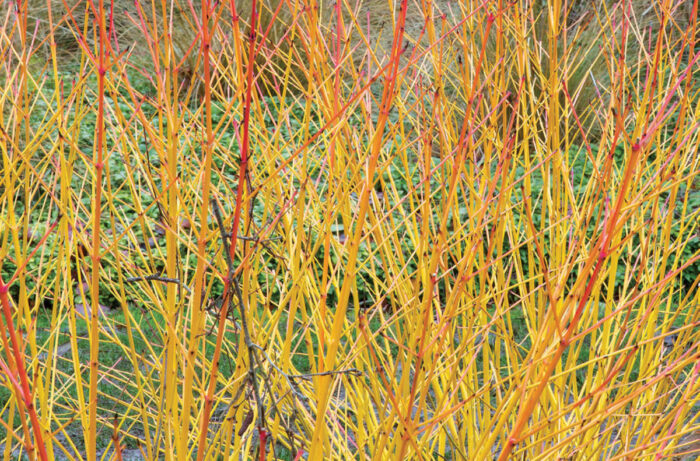



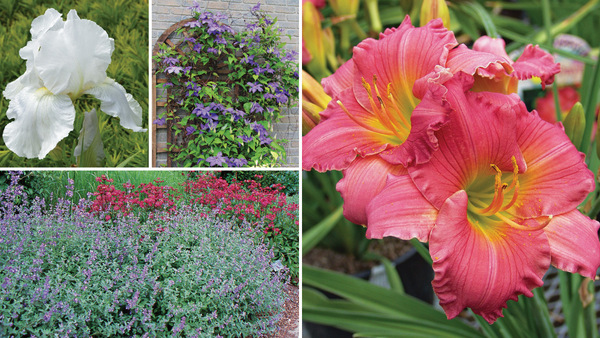

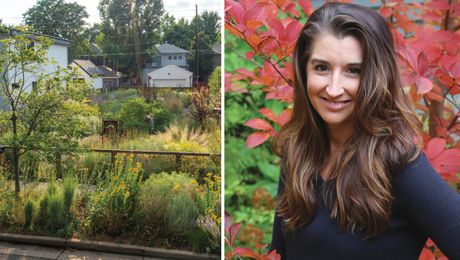
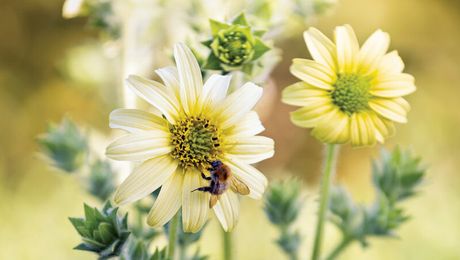


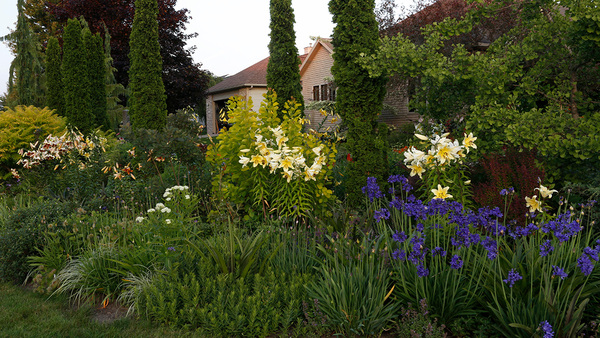




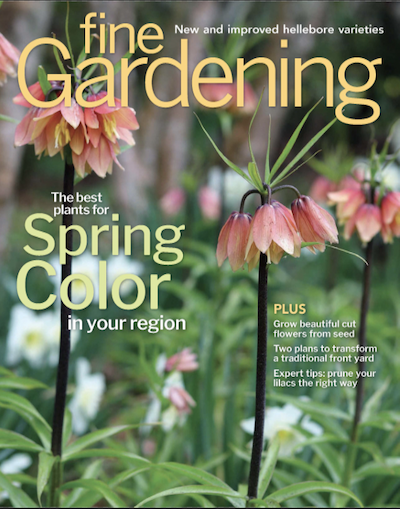


Comments
Log in or create an account to post a comment.
Sign up Log in